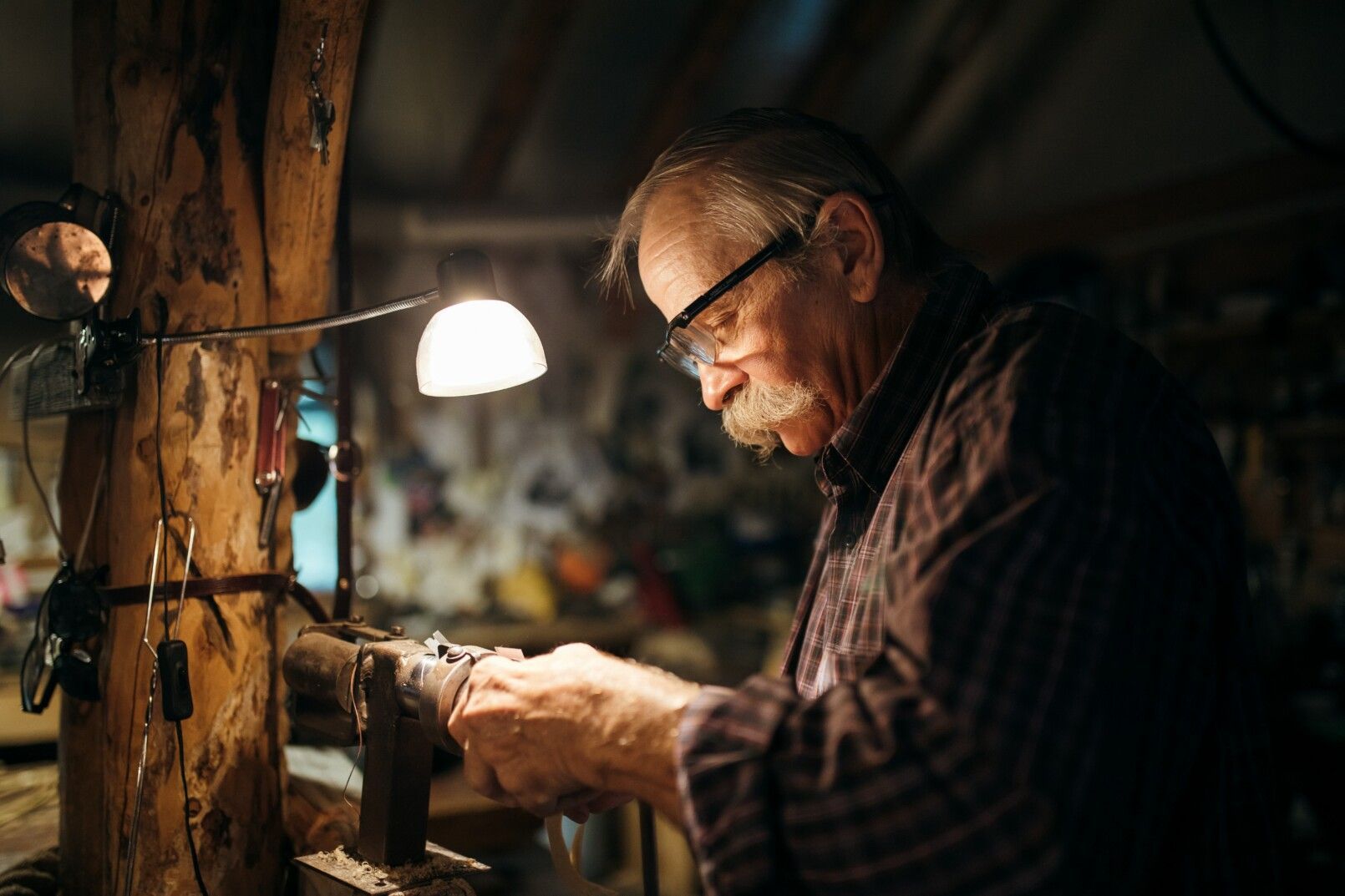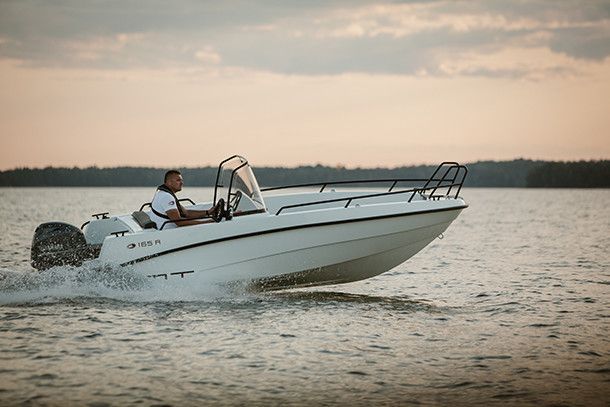Shoe Manufacturing in the Nordics
Manufacturing Shoes
There are still a few shoe manufacturers left in the “high cost” countries of northern Europe. How do they do it?
Our customer was a manufacturer of specialist indoor shoes for trade. These included shoes for the electronics industry, commercial kitchens, and hospitals. The construction was rather simple, with an injected polyurethane sole and a leather upper, possibly with a buckle. Production was in a straight line from leather cutting to stitching to sole moulding to labelling and packaging. There was a certain amount of fluctuation in demand.
Too many shoes
The shoe manufacturing challenge was that there were a lot of variations. Multiply the number of different styles by the number of sizes and the number of different colours and the answer came to more than 8,000 different models. Because there were so many variations and the volumes were not that huge, a complete make to stock manufacturing policy was unrealistic.
Sell what you can, make what you need
The decision was made to create all 8,000 products with full product structures so they were available for immediate manufacturing, no matter what was ordered. This was done by using the concept of “make on assembly” to create common “virtual” subassembly structures that were not anyway used in manufacturing. Shoes are made from beginning to end in one process. We decided to use a system of maximum batch size of one (i.e., each pair would have its own work order), even if two identical pairs were being made. This made the process flow very simple: print out the work order, put it into a small plastic container, and put it to the start of the production line. The container travelled the length of the factory and at each stage the parts were added or worked on.
The question was: Which orders should be created at the start of production? Although there was basically a make to order operation, there were slack days, so certain high volume models could be made to stock to keep people busy (i.e., size 41, colour black) with the common models). The procedure worked as follows:
Sales orders were entered into the system during the day
Each morning, they created an automatic production work order creation run, based on maximum batch size of one. This netted out the order book against any available stock or production.
Work orders were printed and put into production.
The barcode on the work order was beeped at the end of production. This closed the work order, removed materials from stock, and printed the box labels.
If it was a quiet day, a few work orders without corresponding sales orders were opened. These went to stock, to be snapped up by the next day’s requirements.
Switch off the material planning
Although there were many different product items, there were very few purchased items. All shoes used the same PU foam for the injected base and the various colours and amounts of leather for the uppers could easily be purchased and controlled manually. So for the purposes of system performance, the material planning and allocation engine was switched off.
How the ERP system helped
A good ERP system takes the load out of calculating what should be made. As a result, it could be done every day, or even during the day. This project ended up shortening the lead time of delivery down from two weeks to just one or two days.
Interested in our services?
We’re here to help!
Contact
UK: 0800-0337642
EU: +358 9-5655 180
INT: +44 844-8797662
support@manuonline.com
Company ID: 07273799.
VAT reg: GB 995439263
Mailing Address
United Kingdom
Manu Online Ltd
4500 Parkway, Whiteley
Fareham
PO15 7AZ
International
Manu Online Oy
Veikkointie 4
03100 Nummela
Finland





